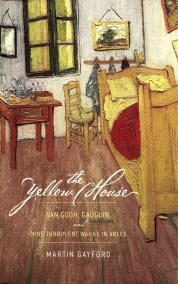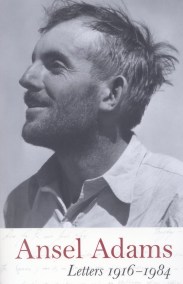Promotion
Use code MOM24 for 20% off site wide + free shipping over $45
The Man in the Glass House
Philip Johnson, Architect of the Modern Century
Contributors
By Mark Lamster
Formats and Prices
Price
$45.00Price
$57.00 CADFormat
Format:
- Hardcover $45.00 $57.00 CAD
- ebook $16.99 $21.99 CAD
This item is a preorder. Your payment method will be charged immediately, and the product is expected to ship on or around November 6, 2018. This date is subject to change due to shipping delays beyond our control.
Also available from:
A “smoothly written and fair-minded” (Wall Street Journal) biography of architect Philip Johnson — a finalist for the National Book Critic’s Circle Award.
When Philip Johnson died in 2005 at the age of 98, he was still one of the most recognizable and influential figures on the American cultural landscape. The first recipient of the Pritzker Prize and MoMA’s founding architectural curator, Johnson made his mark as one of America’s leading architects with his famous Glass House in New Caanan, CT, and his controversial AT&T Building in NYC, among many others in nearly every city in the country — but his most natural role was as a consummate power broker and shaper of public opinion.
Johnson introduced European modernism — the sleek, glass-and-steel architecture that now dominates our cities — to America, and mentored generations of architects, designers, and artists to follow. He defined the era of “starchitecture” with its flamboyant buildings and celebrity designers who esteemed aesthetics and style above all other concerns. But Johnson was also a man of deep paradoxes: he was a Nazi sympathizer, a designer of synagogues, an enfant terrible into his old age, a populist, and a snob. His clients ranged from the Rockefellers to televangelists to Donald Trump.
Award-winning architectural critic and biographer Mark Lamster’s The Man in the Glass House lifts the veil on Johnson’s controversial and endlessly contradictory life to tell the story of a charming yet deeply flawed man. A rollercoaster tale of the perils of wealth, privilege, and ambition, this book probes the dynamics of American culture that made him so powerful, and tells the story of the built environment in modern America.
When Philip Johnson died in 2005 at the age of 98, he was still one of the most recognizable and influential figures on the American cultural landscape. The first recipient of the Pritzker Prize and MoMA’s founding architectural curator, Johnson made his mark as one of America’s leading architects with his famous Glass House in New Caanan, CT, and his controversial AT&T Building in NYC, among many others in nearly every city in the country — but his most natural role was as a consummate power broker and shaper of public opinion.
Johnson introduced European modernism — the sleek, glass-and-steel architecture that now dominates our cities — to America, and mentored generations of architects, designers, and artists to follow. He defined the era of “starchitecture” with its flamboyant buildings and celebrity designers who esteemed aesthetics and style above all other concerns. But Johnson was also a man of deep paradoxes: he was a Nazi sympathizer, a designer of synagogues, an enfant terrible into his old age, a populist, and a snob. His clients ranged from the Rockefellers to televangelists to Donald Trump.
Award-winning architectural critic and biographer Mark Lamster’s The Man in the Glass House lifts the veil on Johnson’s controversial and endlessly contradictory life to tell the story of a charming yet deeply flawed man. A rollercoaster tale of the perils of wealth, privilege, and ambition, this book probes the dynamics of American culture that made him so powerful, and tells the story of the built environment in modern America.
Genre:
- On Sale
- Nov 6, 2018
- Page Count
- 528 pages
- Publisher
- Little, Brown and Company
- ISBN-13
- 9780316126434
Newsletter Signup
By clicking ‘Sign Up,’ I acknowledge that I have read and agree to Hachette Book Group’s Privacy Policy and Terms of Use







